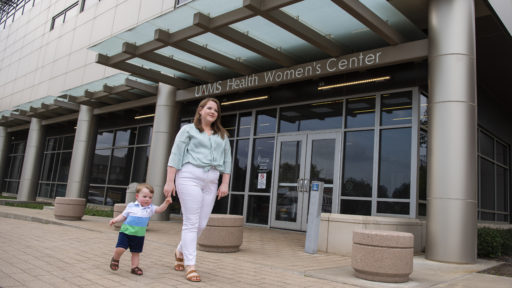Description
Doctors recommend moms breastfeed throughout their baby’s first year of life. However, many working moms struggle with breastfeeding their little ones after they go back to work.
In this video, Dr. Misty Virmani discusses the challenges facing nursing mothers in the workplace and how providers can advocate for their patients.
Video Player
Transcript
So when moms go back to work, that can be a struggle with breastfeeding, particularly because most moms don’t feel supported in the workplace when they’re trying to breastfeed. There are very few workplaces that have a daycare on site so that they could potentially go and directly breastfeed their baby. So, they’re left with pumping at work, which is not the easiest to process, even in a supportive workplace.
In an ideal work environment, you would have a clean, private close space to you so that you could quickly during your break time, get into the space, close and lock the door, or put a sign outside it that says breastfeeding or pumping mom and then be able to pump.
Realistically, pumping takes 20 to 30 minutes. It takes time to put together the pump to actually do the pumping and empty your breasts to the point where it’s beneficial to you to have pumped and then to put away the milk, clean your pump parts and put everything up.
That takes about 30 minutes on a good day and a lot of break times or 15 minutes. And I think a lot of women feel pressured by their employers to not take adequate break time. And so they feel like, well, I can’t pump in a way that’s actually helping me maintain my milk supply.
I talked to a lot of women who say that there’s no point even starting breastfeeding because they’re not going to be able to maintain it long-term. And by that, they mean usually that their goal, if they had an ideal world, would be to breastfeed for three to six months or even longer, but they won’t be able to sustain that at work.
What I try to teach these moms and teach physicians is that we can advocate for ourselves as moms and we can advocate for our patients as care providers.





